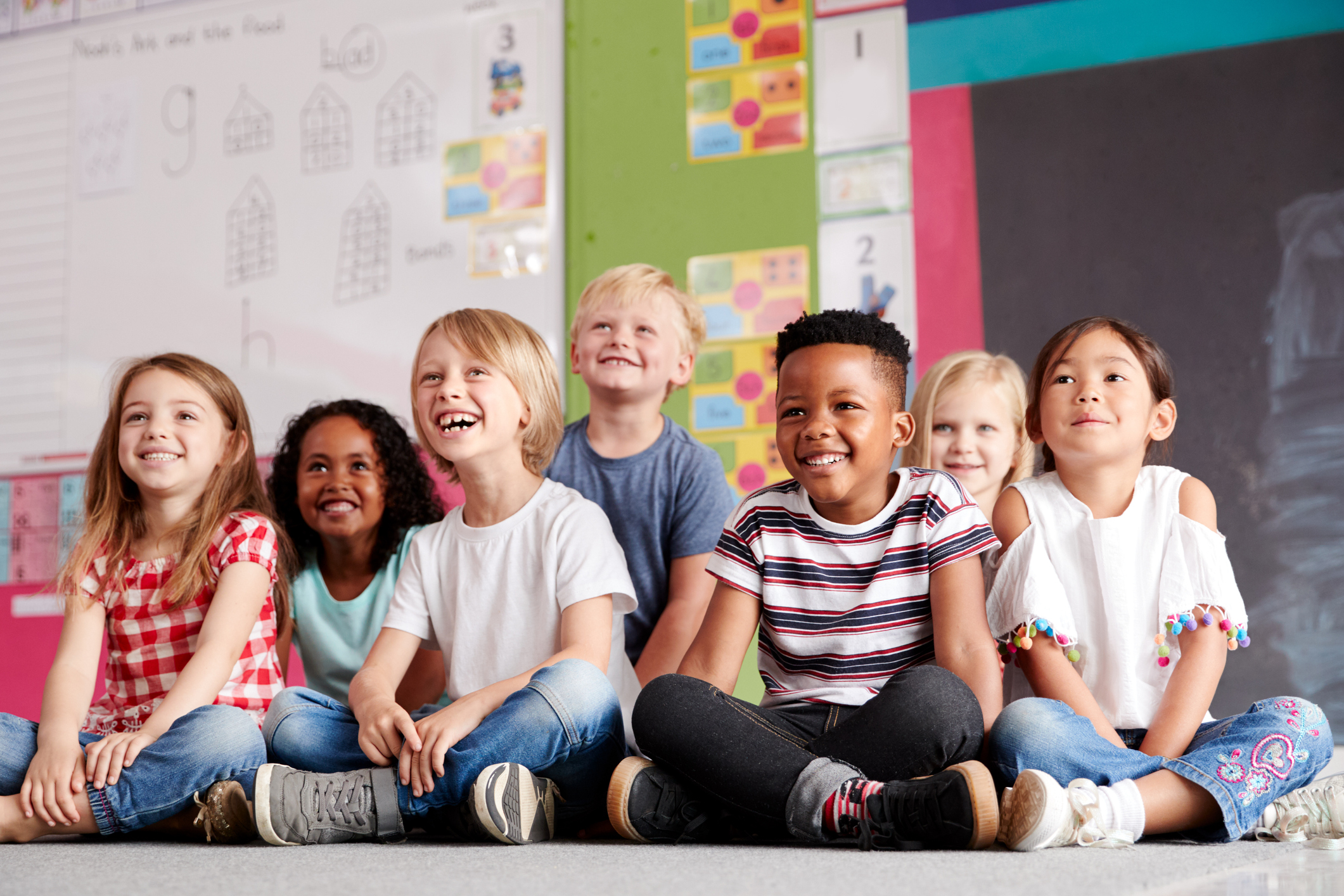School choice is on the rise across the nation. Pennsylvania governor Josh Shapiro, a Democrat, just announced his support for Lifeline scholarships, a state voucher program that will allow students to use public funds to attend a private school of their choice.
If enacted, his bill will help families assigned by local officials to the lowest-performing public schools because these families will be able to choose a better alternative for their children.
Governor Shapiro’s bold initiative is the latest in a popular national trend. In just two years seven states have granted families access to universal school choice programs. The number of eligible students now stands at four million.
The idea is popular in our state too. Recent polling shows 68 percent of Washington residents support giving families access to publicly-funded Education Savings Account (ESAs) to pay for homeschooling costs or private school tuition. Among families with children that support rises to an overwhelming 78 percent.
School choice is clearly popular. But does access to choice actually benefit children? What does the research say? That data is now available. Using the latest National Assessment of Educational Progress results, a new study published in the Journal of School Choice finds that:
“...higher levels of education freedom are significantly associated with higher NAEP achievement levels and NAEP gains in all our statistical models. Our state-level index of teacher quality also correlates with NAEP scores and gains.
“This descriptive analysis supports the idea that expanding parental options in education, in all forms, is consistent with improvements in average student performance in U.S. states.”
The study also found that smaller class sizes and increases in per-pupil spending does not correlate with better education levels for children. From the study:
“The extent to which state governments regulate, along with per-pupil spending amounts and class sizes, in contrast, have no consistent association with state-level student NAEP outcomes.”
The Washington state legislature has poured billions into smaller class size initiatives and, under the McCleary court decision, massive increases in per-student spending. Per-student spending is now over $19,000, more than the tuition at most private schools. Recent education reporting shows most of this money was wasted.
At the same time, Washington ranks only 38th on the national Education Freedom Index, with particularly low rankings in access to educational choices.
Still, Washington lawmakers appear determined to protect the existing system. In the 2023 session bills to extend choice to parents were blocked in committee, even those targeted to the students most in need. Education choice is expanding in more enlightened states, but the hardline stance of our elected leaders means Washington students will likely fall farther behind.
The long COVID school shutdown showed parents the harm many students experience under the union-controlled system of public schools. A broad spectrum of the public now supports school choice, including state leaders of both parties. In Washington state our politics are deeply divided, but helping children is one topic on which we can all come together, if only our top leaders would open their minds to exciting possibilities.






